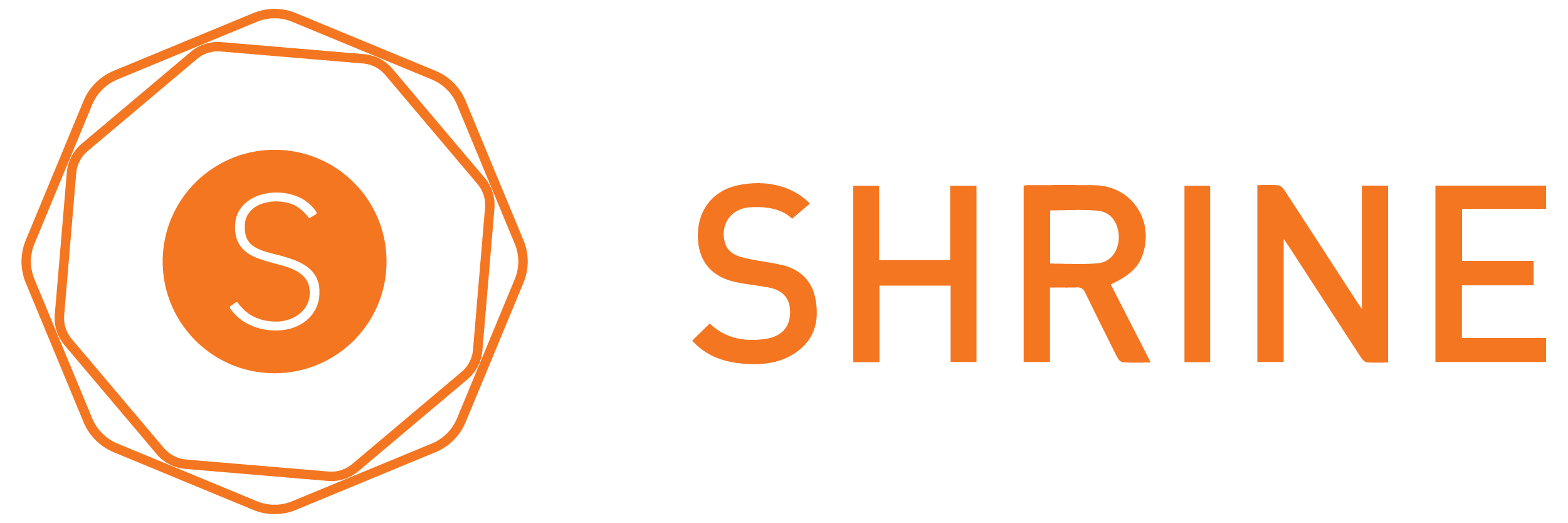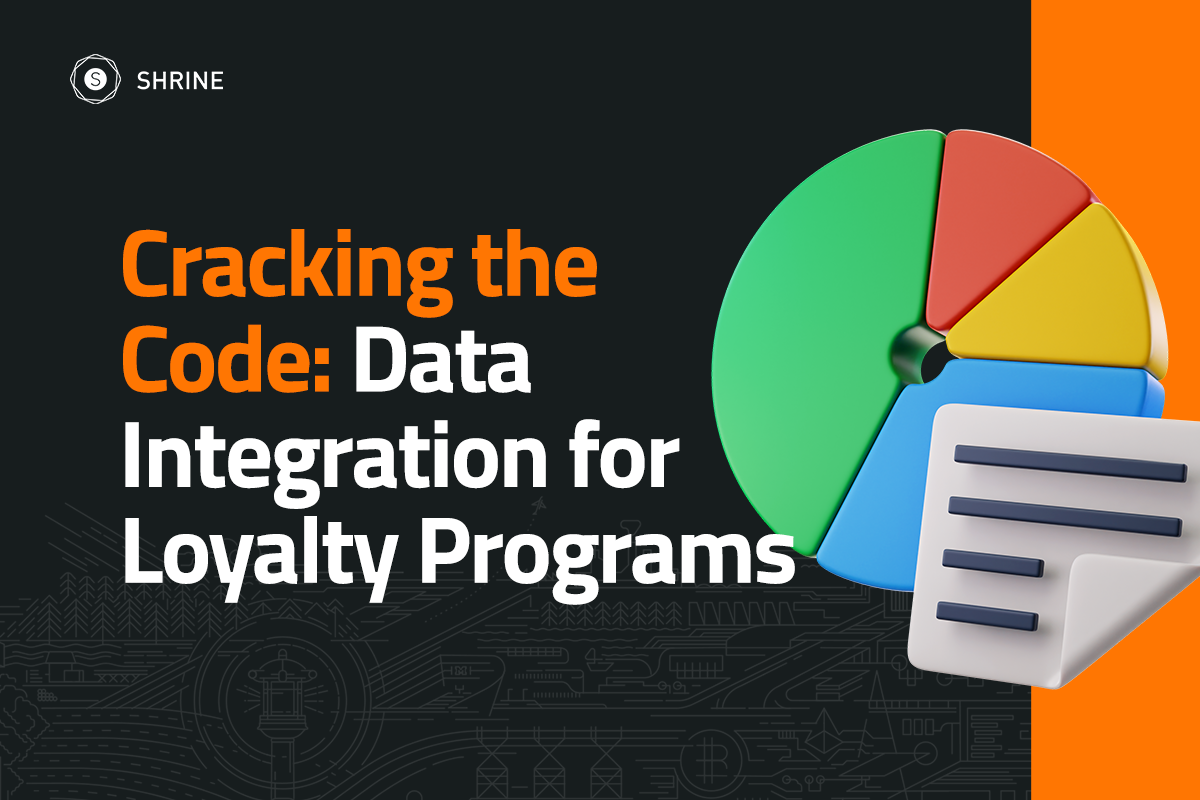With rising demand for automated solutions, integrating Artificial Intelligence (AI) into Software as a Service (SaaS) products has become increasingly top of mind for brands and businesses. Leveraging AI technologies offers an opportunity to enhance offerings, deliver personalized experiences, and drive business growth.
But, wondering where to start? Here are steps to take as you consider leveraging AI in your SaaS product.
- Define the goal. Begin by clearly defining the problem or objective you want to address with AI in your SaaS product. How can AI add value, improve your user experience, or optimize processes within your software?
- Think about privacy and ethical considerations. This one is key! It’s crucial that you ensure compliance with relevant data protection regulations and establish safeguards to protect user data. Work with an ethical software developer who values transparency in how AI is used and who considers the ethical implications of any AI-powered features.
- Prepare with relevant data. AI algorithms thrive on data, so it’s crucial to collect high-quality data for training. Determine the data points you need and establish mechanisms to collect and store them securely. Preprocess and clean the data to remove inconsistencies, ensuring it is in a format suitable for AI model training.
- Consider the appropriate AI technique for your need. Common AI techniques include machine learning, natural language processing, computer vision, and recommendation systems. Think about the strengths, limitations, and compatibility of each one with your SaaS product. Which will help you meet your defined goal.
- Develop or acquire AI models. You have two options: develop AI models in-house or leverage pre-trained models and APIs from reputable sources. In-house development offers more control and customization, while third-party models save time and resources. Choose the approach that aligns with your goals, expertise, and resources.
- Train and validate. If you opt for in-house model development, train your AI models using the collected and prepared data. Use appropriate training algorithms, evaluate their performance through validation techniques, and fine-tune the models to achieve the desired accuracy and efficiency.
- Integrate the trained AI models into your SaaS infrastructure. Work with an experienced software developer who can implement the necessary interfaces, APIs, or microservices that enable seamless communication between your product and the AI components. Ensure compatibility and scalability, allowing for future improvements and updates.
- Monitor and maintain AI performance. After deployment, actively monitor the performance of your AI models. Implement monitoring tools and processes to identify anomalies, ensure the models are delivering accurate results, and address any performance degradation. Regularly update and retrain the models to keep them up to date and effective.
- Gain user feedback. It’s important to hear straight from your users to understand their experiences. Once you’ve implemented intuitive interfaces, real-time feedback mechanisms, and user-friendly features, continually gather feedback to refine and improve the AI functionalities.




